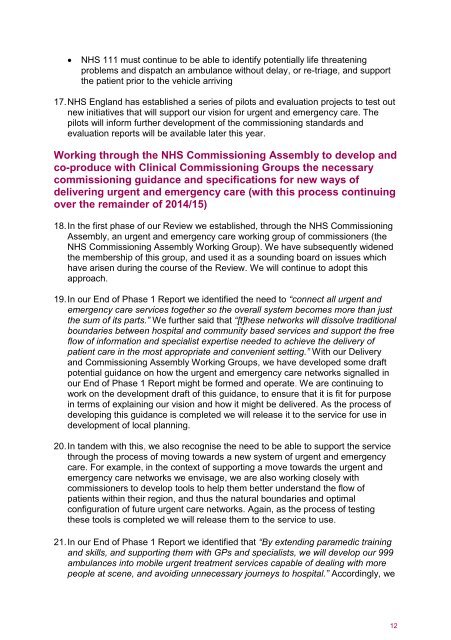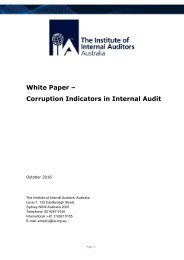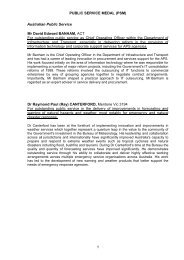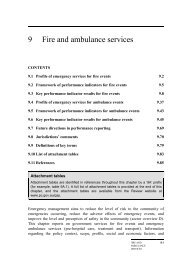uecreviewupdate.FV
uecreviewupdate.FV
uecreviewupdate.FV
You also want an ePaper? Increase the reach of your titles
YUMPU automatically turns print PDFs into web optimized ePapers that Google loves.
NHS 111 must continue to be able to identify potentially life threatening<br />
problems and dispatch an ambulance without delay, or re-triage, and support<br />
the patient prior to the vehicle arriving<br />
17. NHS England has established a series of pilots and evaluation projects to test out<br />
new initiatives that will support our vision for urgent and emergency care. The<br />
pilots will inform further development of the commissioning standards and<br />
evaluation reports will be available later this year.<br />
Working through the NHS Commissioning Assembly to develop and<br />
co-produce with Clinical Commissioning Groups the necessary<br />
commissioning guidance and specifications for new ways of<br />
delivering urgent and emergency care (with this process continuing<br />
over the remainder of 2014/15)<br />
18. In the first phase of our Review we established, through the NHS Commissioning<br />
Assembly, an urgent and emergency care working group of commissioners (the<br />
NHS Commissioning Assembly Working Group). We have subsequently widened<br />
the membership of this group, and used it as a sounding board on issues which<br />
have arisen during the course of the Review. We will continue to adopt this<br />
approach.<br />
19. In our End of Phase 1 Report we identified the need to “connect all urgent and<br />
emergency care services together so the overall system becomes more than just<br />
the sum of its parts.” We further said that “[t]hese networks will dissolve traditional<br />
boundaries between hospital and community based services and support the free<br />
flow of information and specialist expertise needed to achieve the delivery of<br />
patient care in the most appropriate and convenient setting.” With our Delivery<br />
and Commissioning Assembly Working Groups, we have developed some draft<br />
potential guidance on how the urgent and emergency care networks signalled in<br />
our End of Phase 1 Report might be formed and operate. We are continuing to<br />
work on the development draft of this guidance, to ensure that it is fit for purpose<br />
in terms of explaining our vision and how it might be delivered. As the process of<br />
developing this guidance is completed we will release it to the service for use in<br />
development of local planning.<br />
20. In tandem with this, we also recognise the need to be able to support the service<br />
through the process of moving towards a new system of urgent and emergency<br />
care. For example, in the context of supporting a move towards the urgent and<br />
emergency care networks we envisage, we are also working closely with<br />
commissioners to develop tools to help them better understand the flow of<br />
patients within their region, and thus the natural boundaries and optimal<br />
configuration of future urgent care networks. Again, as the process of testing<br />
these tools is completed we will release them to the service to use.<br />
21. In our End of Phase 1 Report we identified that “By extending paramedic training<br />
and skills, and supporting them with GPs and specialists, we will develop our 999<br />
ambulances into mobile urgent treatment services capable of dealing with more<br />
people at scene, and avoiding unnecessary journeys to hospital.” Accordingly, we<br />
12






